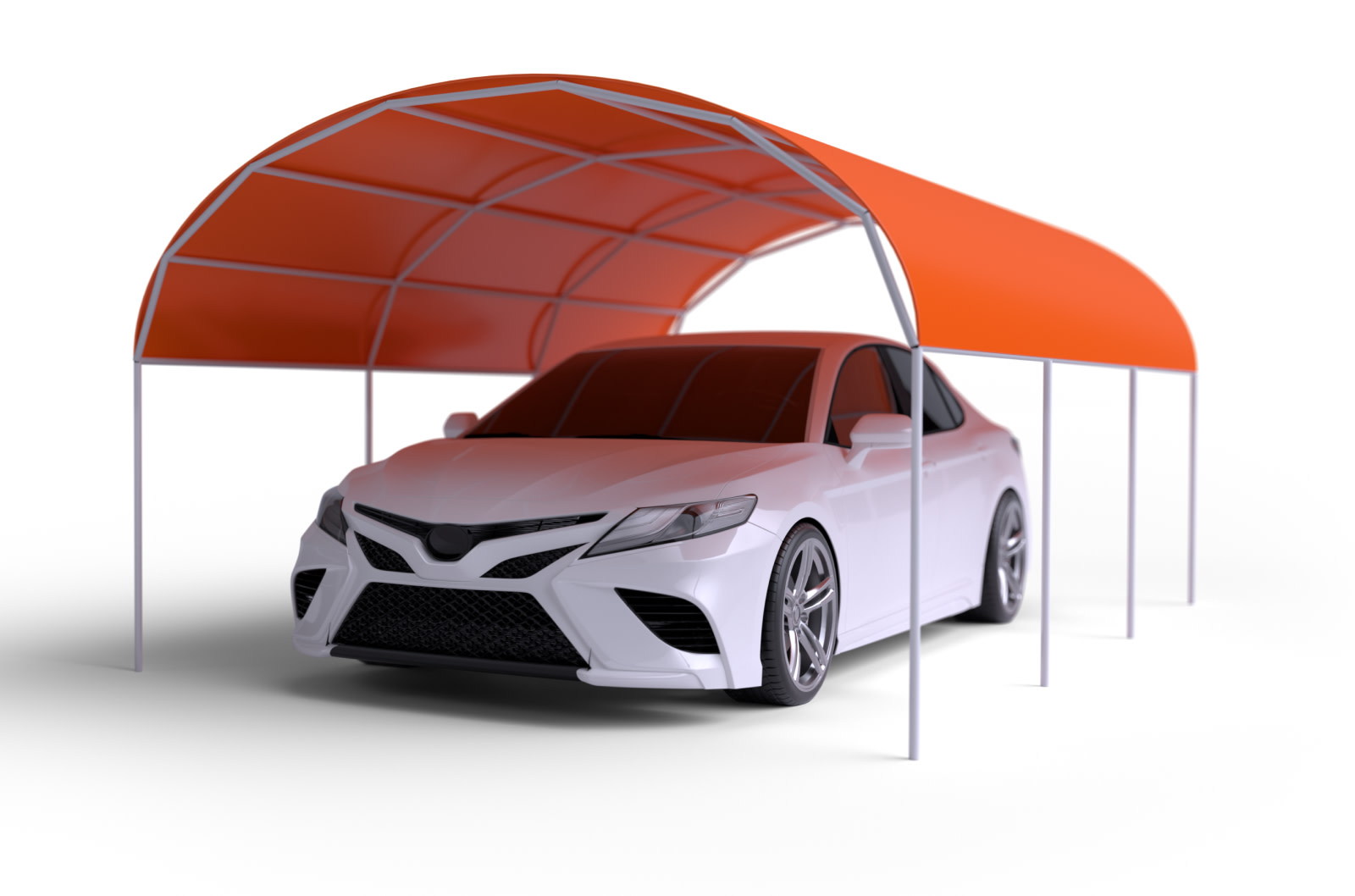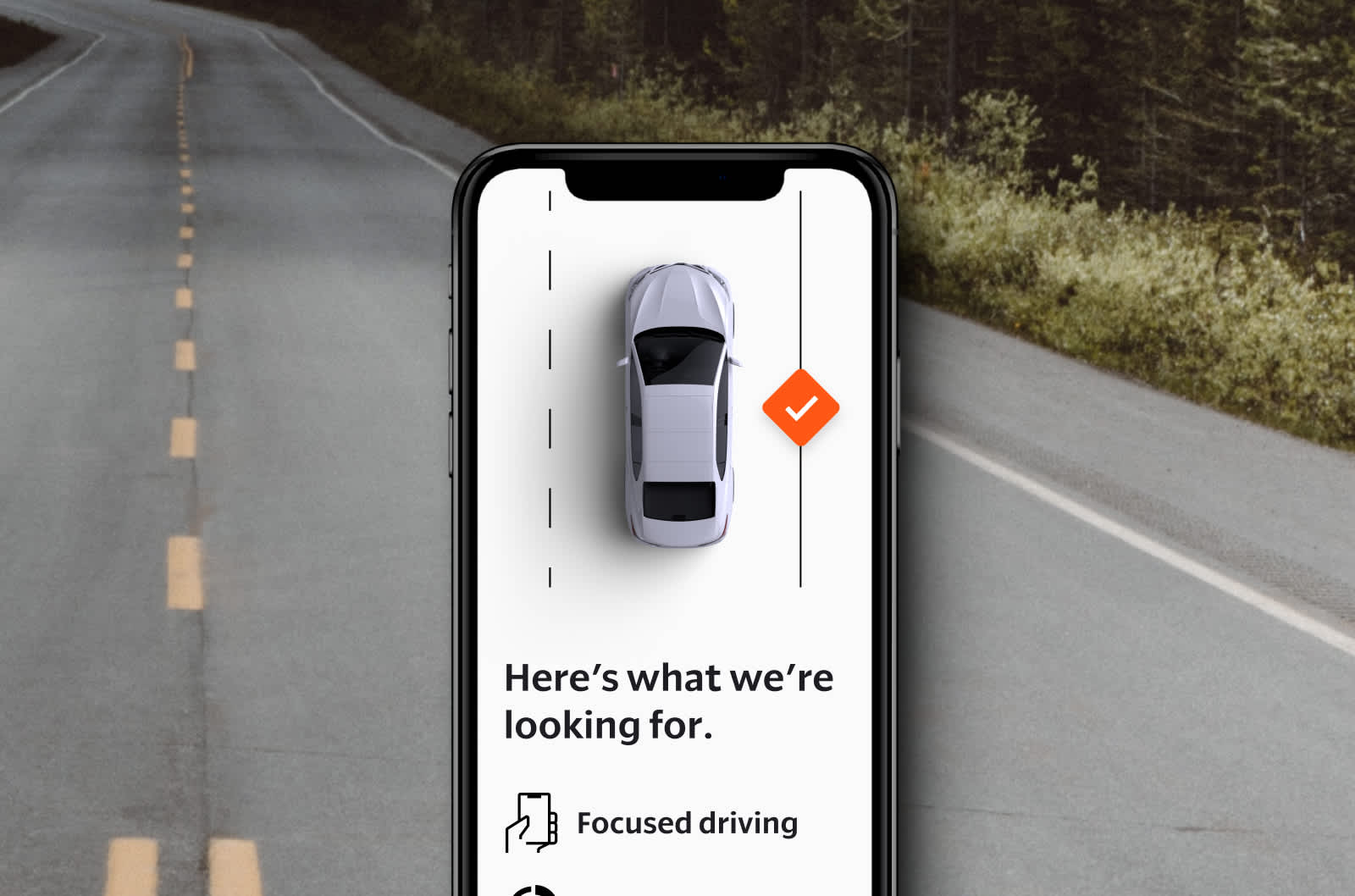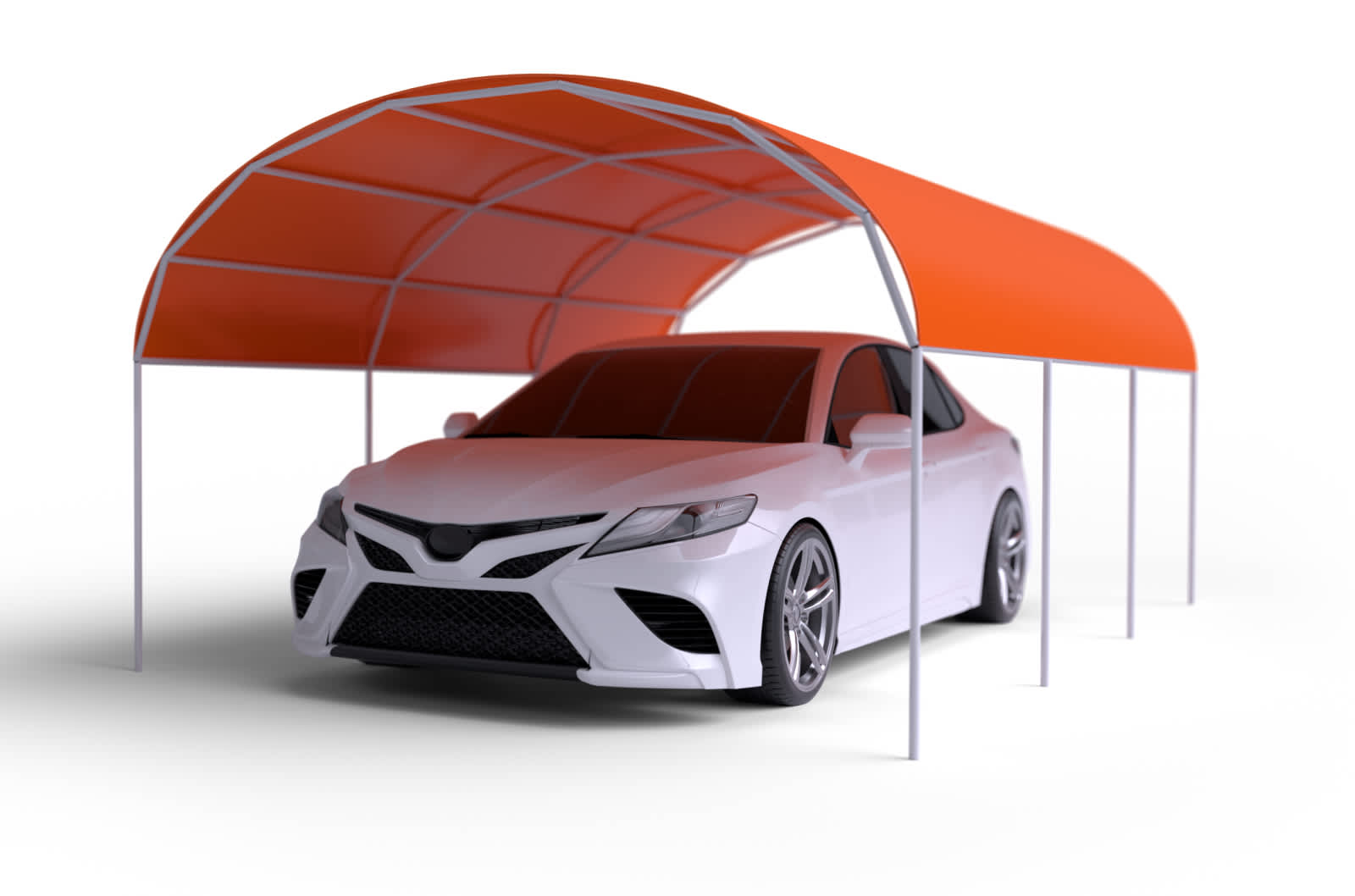May 2, 2018
How to choose Liability, Bodily Injury and Property Damage coverages
We all need car insurance, but that doesn't mean we always understand it. What’s more, there’s a lot of information out there, and it’s not always helpful.
So, starting here in Part 1 of this series, we're cutting out as much insurance jargon as possible and breaking coverage types down into everyday English for you. We'll explain what different coverages mean, what they cost, and how to know which type you need.
Let's start with Liability.

What is Liability coverage?
Liability comes into play when an accident is caused by you. If other people are injured, your insurance company will pay for their medical expenses. If you damage someone’s property during the accident, like their car, your insurance company will pay to fix it. Liability coverage is there to help you avoid paying out of pocket for a mistake.
To break it down a bit more, Liability coverage is made up of two parts: Bodily Injury and Property Damage.
Bodily Injury Liability Coverage is what pays for any injuries to others from the accident. This includes everything from medical expenses—like doctor visits and physical therapy—to lost wages.
Property Damage insurance covers damage to someone else’s property. Typically, this would be a vehicle, but it also covers things like someone else’s fence, if you accidentally backed into it.
Is there anything Liability, Bodily Injury, and Property Damage insurance won’t cover?
Liability won't pay for medical expenses you or your passengers experience as a result of an accident.
The same applies to your car. If you're at fault and damage your vehicle, Liability won't pay to have it fixed. But don't worry. There’s different coverage for your own medical expenses and property.
Do you need Liability insurance?
Almost everyone driving a car is required to have Liability coverage. It’s the law in almost every state. Consider it the bare minimum coverage you can have to legally drive your car.
How much Liability coverage is enough?
That depends on your situation. How much can you afford to pay for car insurance coverage, and how much risk are you willing to take on?
You’ll be given a few different options for how much liability coverage you can choose. These are called limits, and when you choose one, you're choosing the maximum amount of Liability your insurer will pay in an accident.
Higher limits mean your insurer pays out more, so you have a higher insurance rate. Lower limits mean your insurer pays out a lower amount, so you'll have a lower insurance rate.
Keep in mind, if you do cause an accident, and there are costs that go above and beyond your limits, you could be stuck covering them. For example, if your limit is $100,000 and the cost of an accident is $105,000, you could be responsible for the extra $5,000. So, the idea is that the higher your limit, the less likely you'll have to pay anything out of pocket.
The good news is you select the limits you're most comfortable with for both risk and cost. In our car insurance app, we show you exactly how much different limits will increase or reduce your insurance rate. We hope this helps keep things simple and straightforward for you.
What are your insurance limits?
When choosing Liability coverage, you’ll select limits for Bodily Injury and Property Damage separately.
For Bodily Injury Liability insurance, you'll choose the max your insurer will pay per person and the max your insurer will pay in total per covered accident.
For example, you could choose a limit of $50,000/$100,000.
If you choose this, your insurance policy would pay up to $50,000 per person injured in an accident and up to $100,000 total per accident.
For Property Damage Liability coverage, you'll choose between a few options representing the max your insurer will pay out per accident to fix any damages.
For example, you could choose a limit of $100,000. That means your insurer would pay out a maximum of $100,000 to cover damages per accident. Again, any costs above and beyond that could be your responsibility.
So, what Liability coverage is best for you?
We can't tell you which limits to choose. But, hopefully, the information we’ve provided here about how Liability coverage works and how insurance limits affect coverage can help you make the best decision for your needs.
We understand that buying car insurance can be stressful. But it doesn’t have to be. When you buy a Root Insurance policy, the Root app walks you through every step of the process with clear instructions and next steps.
We'll even help you cancel your old insurance.
Ready to move on and learn more? Head over to Part 2 of this series, where we talk about Comprehensive and Collision coverages.
Want to skip ahead? Move onto Part 3 - MedPay, PIP and UM/UIM coverages or Part 4 - Rental and Roadside Assistance coverages.
Related Posts

February 28, 2019
Top 3 questions about Root’s test drive
At Root Insurance, your car insurance rate is based primarily on how well you drive. Really. The better you drive, the more you could save. Read more

October 06, 2017
How Root prices car insurance fairly
You might already know we offer a different kind of car insurance experience—based entirely within our app—and that good drivers could save hundreds annually. But how does Root Insurance pricing work differently, too? Read more

May 02, 2018
How to choose Liability, Bodily Injury and Property Damage coverages
Learn the basics of Liability, Bodily Injury and Property Damage coverage so you can select the right level of coverage for you. Read more